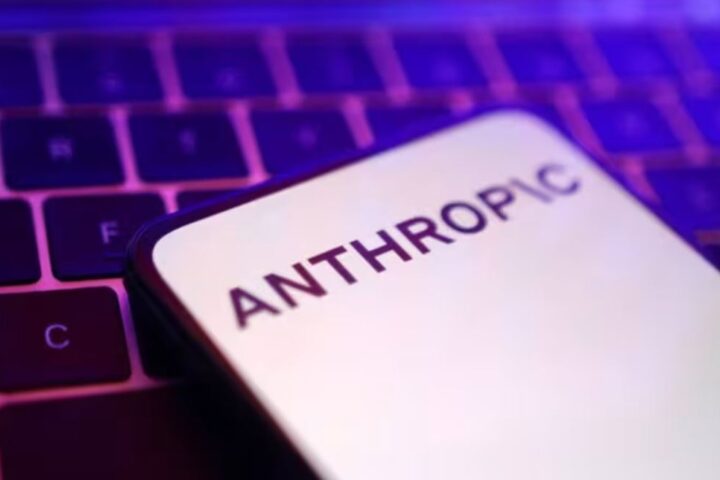 Engineers at the University of Pennsylvania have taken an exciting step towards a genuine quantum internet—one that goes beyond faster computing as we know it. Using Verizon’s campus network in Philadelphia, they’ve successfully transmitted quantum signals over standard, off-the-shelf fibre-optic cables, all while sticking with the familiar internet protocol (IP) that drives today’s digital communications.
Engineers at the University of Pennsylvania have taken an exciting step towards a genuine quantum internet—one that goes beyond faster computing as we know it. Using Verizon’s campus network in Philadelphia, they’ve successfully transmitted quantum signals over standard, off-the-shelf fibre-optic cables, all while sticking with the familiar internet protocol (IP) that drives today’s digital communications.
At the heart of this breakthrough is quantum entanglement, where tweaking one particle instantly influences its partner. This characteristic opens the door for quantum processors to work together and boost their computational power. However, there’s a catch: measuring quantum particles can collapse their states, so the traditional way of routing data just won’t do. Robert Broberg, a doctoral student involved in the project, puts it simply—measuring these particles for direction would destroy the very qualities we need for quantum computing.
To sidestep this problem, the team developed a silicon-based ‘Q-chip’, part of what they describe as a Quantum-Classical Hybrid Internet by Photonics. The chip pairs a classical light signal with a quantum particle, much like a train engine pulling sealed freight cars. As lead author Yichi Zhang explains, the classical signal gets ahead of the quantum one, allowing it to be measured for routing while leaving the quantum information unaltered. This setup packages both types of data into internet-style packets, all while using the existing protocols we’re already comfortable with.
Materials Science and Engineering professor Liang Feng sees the demonstration as a major advance. Running a quantum signal through a live commercial network—using the same protocols as our everyday internet—marks a significant stride towards real-world quantum networks. It’s a vital stepping stone for larger-scale experiments that could eventually support a practical quantum internet.
The researchers also tackled some common challenges. Real-world factors like temperature swings, construction vibrations, and even seismic activity can disturb quantum signals. To counter this, the Penn team introduced an error-correction method that uses classical signals to infer and correct any disturbances without directly measuring the quantum data. Their tests have maintained signal fidelity above 97%, ensuring a robust performance.
One appealing aspect of this chip is its practicality—it can be mass-produced using existing techniques. In their pilot test, a server and a node were connected over a one-kilometre stretch of Verizon fibre. Expanding this network simply requires linking more chips to the current infrastructure, much like the early additions to the classical internet in the 1990s when simple connections sparked huge transformative waves.
If you’ve ever wrestled with the complexities of integrating new tech into established systems, this development offers a reassuring glimpse into the future. For those keen to keep up with advancements in quantum communications, this is one milestone worth noting.








